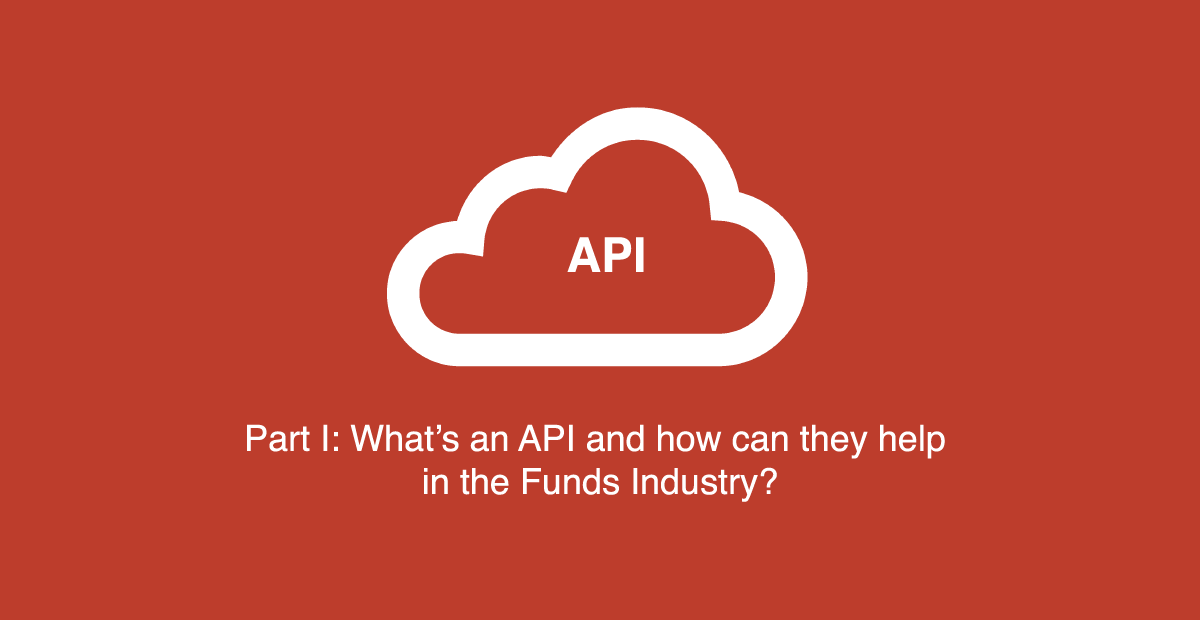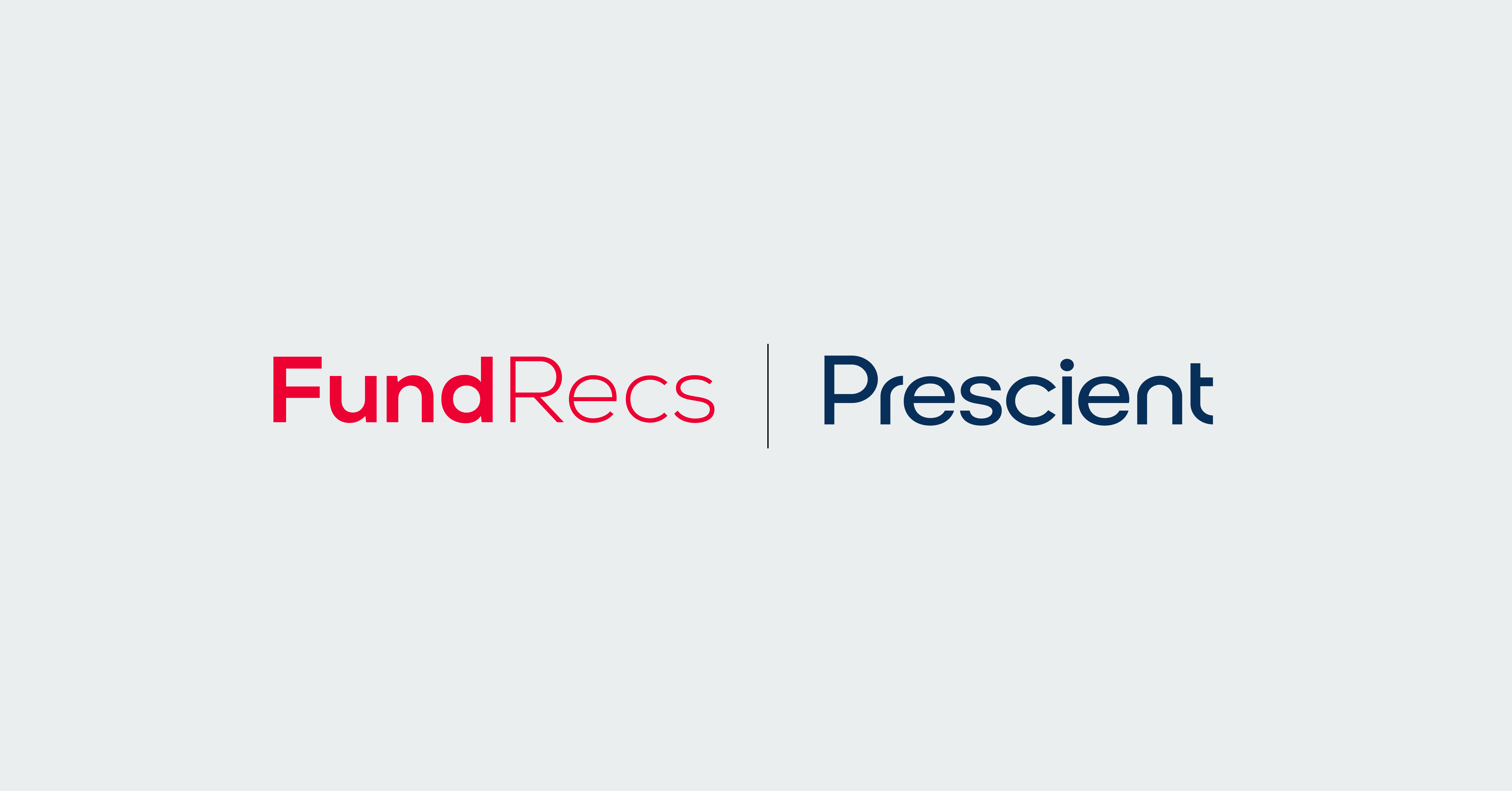Part I: What’s an API and how can they help in the Funds Industry?


In Part I of our two part series on APIs in the Funds Industry I try to explain what they are and how they can be used in Fund Admin.
Part II asks some of the early innovating firms about their journey to APIs and how they expect APIs to develop in the coming years. (link at the end of this article).
Up until now you might have been blissfully unaware what an API is and have had no good reason to change that. You probably know it’s something software-y but aren’t exactly sure what it is or does.
In this article I will try to fix that.
As I mentioned in my recent post on The Rise of “No Code” in the Funds Industry both BNP Paribas and SEI Investments have recently announced the launch of new APIs.
I’ll come back to what that trend might mean for the industry but first let’s look a what an API is.
What is an API?
API stands for Application Programming Interface and is a way for two software applications to send data between each other.
While above is technically correct it’s not a great way to explain it to non-technical folks. If like me you’ve struggled with the “so what do you do?” question with extended family over the holiday season, you’ll appreciate these things are best explained in simple terms and bonus points for a relatable analogy.
I searched the web and below is the best analogy I could find for explaining APIs.
Restaurant – Menu – Waiter – Kitchen
If you go to a restaurant as a customer, you are not allowed to enter the kitchen. But you still need to know what’s available to order.
You can do that by looking at the menu and passing your order to the waiter. The menu is the documentation which explains what food you can ask for.
Our kitchen stores food while databases store data. Let’s pretend the kitchen is the database of the application you are looking to get data from.
The waiter then takes the order and sends it to the kitchen. Once available the waiter will take the order from the kitchen back to you.
How does that relate to an API?
The waiter is the API.
You are the application requesting the data (customer in our analogy) from the kitchen.
The kitchen is the database that stores the data you are looking for. This database is locked down except for permissioned requests via the API aka ‘The Waiter’.
While that’s it at a high level there is plenty of nuance when you get into the nitty gritty.
If you talk to a technical person they’ll likely communicate in technical terms. Once you understand the waiter analogy it should open understanding the technical details.
What does a real-world funds example look like?
Let’s say are a New York based hedge fund using Fund Recs to reconcile your position data between your internal systems and the Fund Administrators that looks after your funds.
Given their respective recent API launches lets take BNP Paribas and SEI Investments as our Fund Administrators in this example.
To get the position data from the Administrators, Fund Recs calls the BNP Paribas and SEI Investments APIs to request the portfolio information.
Fund Recs knows what format to make the request and what data we can receive based on the API documentation. Here’s a link to SEI Investments API documentation.
We can now use this data for the reconciliation. Through the APIs the systems have requested, sent and received the data.
All without the need to visit web portals, receive an email or logon to download a file.
What APIs mean for the funds industry
There are at least a few hundred, if not thousands of systems that operate in the wider funds industry.
APIs offer a way to allow these systems share data in a permissioned and streamlined way.
It’s great to see Fund Administrators like BNP Paribas and SEI Investments lead the way but they form only a part of the puzzle.
What would unlock massive value would be if the custodians did the same and made their information available via APIs.
Service providers rely on this data to build their downstream services but the most common way to access the data is to log onto a web portal, run a report and download a file.
This adds a human roadblock to the flow of data and makes it difficult to build processes and products on top of this custodian data.
Accessing data via APIs is far more powerful than web portals and the proliferation of APIs will form the foundations that the future of fund servicing will be built on.
Will 2020 be the year of the API in the funds Industry?
We are very bullish that it will.
In Part II we asked some of the early innovating firms about their journey to APIs and what they expect to see happen in the Industry. You can read what they had to say here: Part II: Q&A with the early API innovators in Fund Administration
If you’d like to know more you can read about Fund Recs Fusion here or email me at alan@fundrecs.com.


